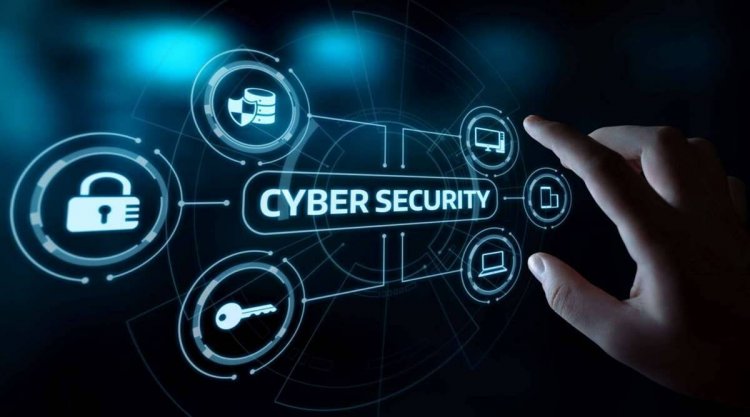Cyber Security: How to protect yourself in 2022
Backup your system every couple of months is recommended to be prepared for any attacks.

With digitization emerging as the key for the progression of any industry today, the threats posed by ransomware and phishing attacks are on the rise. Ransomware is malicious software designed to encrypt and seize the vital data of an organization or entity. This critical data is only decrypted in exchange for a ransom. Ransomware is a global threat that impedes the smooth functioning of a business, and the threat is further exacerbated by the sensitivity of the information at stake.
Cyber threats are not limited to private enterprises; government-oriented organizations are equally vulnerable targets. On obtaining access to any operating system, any malware can easily encrypt the victim’s files. This is further complicated by the growing sophistication of modern encryption techniques, making it extremely difficult to retrieve encrypted files without a decryption key.
Now, as the ransomware host is the only person with access to this key, the victim is forced to pay the ransom in return for the key and release the information withheld by the malware operator. In such cases, the losses incurred are not just limited to the ransom amount but also include the cost of fixing the compromised system, business operations being brought to a sudden standstill, and the urgent need to install further anti-malware to tighten the security.
As we step into the New Year, here are few tips to safeguard oneself from the ever-increasing threat of ransomware:
- Active firewall: An obvious option to have installed in your system is an effective firewall setup that acts as a barrier between your system and external networks. The firewall defends against any malware coming via an external network, thereby keeping your sensitive information guarded.
- Frequent updates and backup. Make sure to frequently update your operating system and anti-malware programs to keep away any malware out there. Regular update patches make sure that any vulnerability showed by your system is covered and fixed.
Additionally, backup your system every couple of months is recommended to be prepared for any attacks. Having the data stored at an alternate source also helps avoid the ransom demand. It is an absolute necessity to ensure that the malware has been removed before recommencing work. - Heighten endpoint defense mechanism: Anti-virus software alone is insufficient to block cyber threats. Therefore, organizations need to ensure that appropriate protection is enabled at endpoint devices using an Endpoint Discovery and Response (EDR) solution and other added technologies.
- Enable ‘Zero Trust’ security: Zero Trust is a state-of-the-art security framework that requires all organization users to be authenticated and authorized for security configuration. The program is unambiguously designed to tackle the latest security challenges, including ransomware threats. Zero Trust is a vital framework for securing infrastructure and data with the constant digital transformation by securing remote workers, constantly evolving hybrid cloud environments, and ransomware threats.
- Attack Surface Management: With rapid digital transformation, an organization’s attack surface increases manifold. As sophisticated cybercriminals target the critical infrastructure of organizations, it is crucial for businesses to proactively assess their security posture and leverage a solid attack surface management program for identifying potential threats to their vulnerable assets. In addition, organizations must realign their cybersecurity ecosystems for mitigating potential risks and ensuring that their business has no stops.
- Enhance email security: In order to efficiently fend off the threat of phishing or social engineering attacks that eventually lead to ransomware attacks, it is advised to install third-party email scanning or anti-phishing tools to help identify and zero in on the attempts of an attack.
To counter the catastrophic outcome of a cyber attack, having a cyber risk insurance plan is the need of the hour for businesses. Without a dedicated cyber policy, recovering from the results of a cyberattack, such as business disruption, loss of revenue, and reputational damage, can prove expensive and time consuming. Organizations are also advised to develop a comprehensive cybersecurity roadmap, besides designing and testing a business continuity and an incident response plan.
Cyble, a cybersecurity services provider, empowers its clients with darkweb and cybercrime monitoring capabilities to discover vulnerabilities in their digital footprint to help them effectively combat emerging potential cyber threats – even in the early stages of the development of cybercrime.
Cyble’s core product, Cyble Vision, equips organizations with detailed analyses on data leaks, potential cyber threats, and malware, besides aiding them with actionable intel and a real-time view of the threat landscape. Instead of last-minute alerts, Cyble notifies its clients of potential threats way before they can cause damage. These massive repositories of internet-wide data collected and indexed from the deep, dark, and surface web help enrich the actionable threat intelligence Cyble shares with clients.







